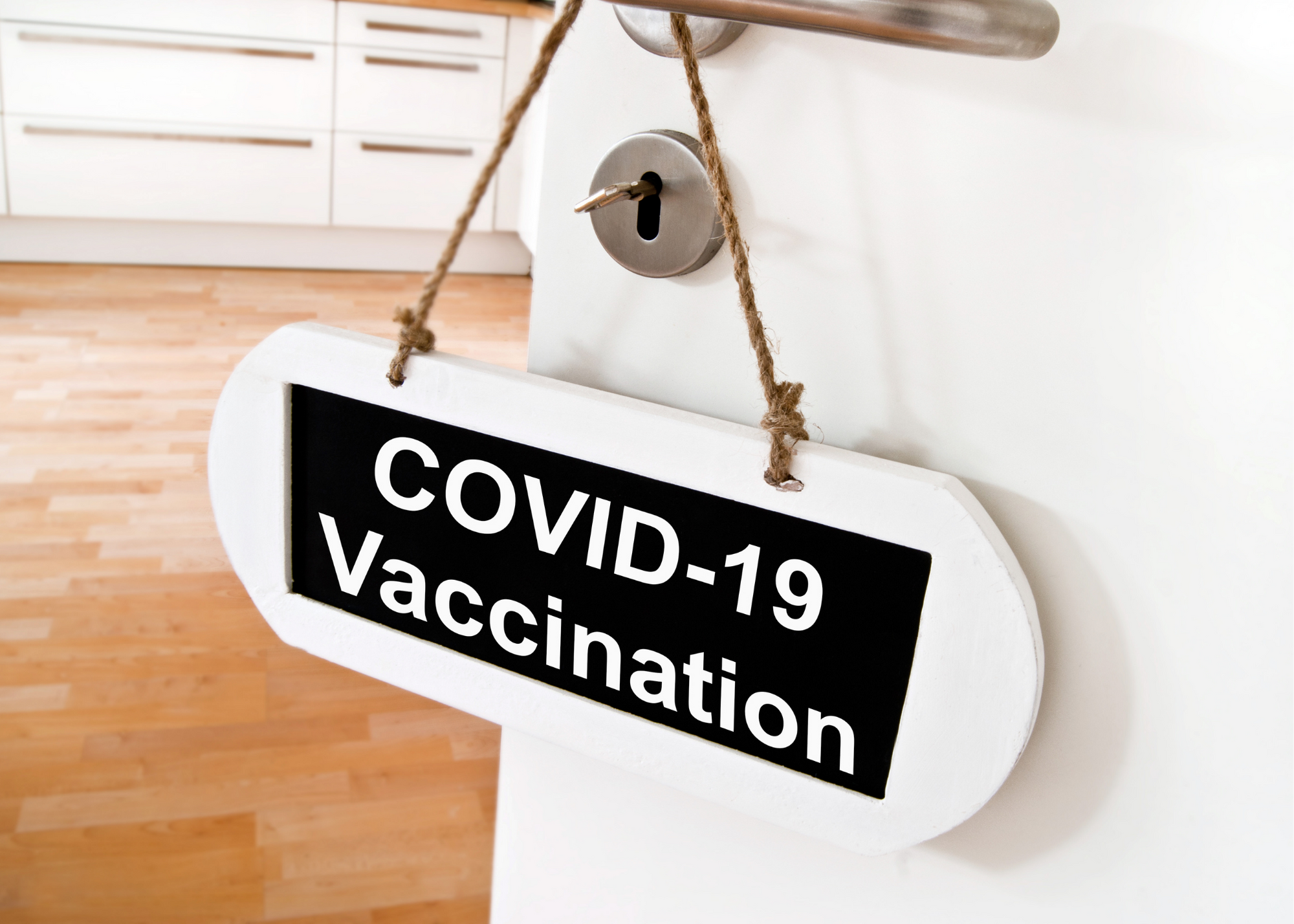How to Prepare Individuals with Autism for a Vaccine
February 18, 2021

Getting the vaccine involves both new experiences such as navigating an unfamiliar location and social interactions and vaguely familiar yet potentially frightening experiences such as the shot itself. These new and frightening experiences can heighten our reactions to stress, and preparation is recommended to make the experience easier.
We recognize that everyone has their own individual needs, abilities, and circumstances. The following tips may be helpful.
Explain in advance
Use basic language and communication methods. The CDC offers easy to read, simplified text on COVID 19, testing, prevention, and vaccinations to help explain the process.
Role-play
Practicing the scenario ahead of time helps individuals understand the procedures and medical equipment. Outline step-by-step what to expect by showing and practicing together. Waiting is a key skill needed in this process, both before and after the vaccination. (There is a mandatory 15-30-minute monitoring period immediately after receiving the shot.) You can also role-play relaxation techniques and coping strategies to use in stressful situations (e.g., deep breathing, guided imagery, drawing).
Visual supports and social stories
A visual support paired with simple language may help someone with autism understand COVID-19, why we need the vaccine, and communicating symptoms of illness. You can make your own personalized social story using photos and/or drawings. Here is a social story from The Boggs Center on Developmental Disabilities in both English and Spanish.
Considerations before, during, and after the vaccine
Before
Before your appointment, be sure to:
- Talk with your healthcare provider – Bring up any questions you have.
- Share special needs – Inform the healthcare provider of your or your child’s diagnosis. Vaccine locations may be able to make accommodations for those with special needs to avoid lines, long wait times, and overcrowded spaces.
- Visual and behavioral supports – You may need to bring a portable visual schedule or written checklist which displays each step of the appointment. Plan on marking off each step of the appointment. Autism Speaks’ Parent’s Guide to Blood Draws for Children with Autism has helpful and clear examples. Bring something to do in case you’re waiting (e.g., iPad, drawing materials, preferred items). Bring something preferred to offer as a reward to earn after the shot (e.g., “First, small pinch. Then, iPad or favorite snack.”)
- COVID precautions – Bring a mask and remember to stay 6 feet away from others. Take extra safety precautions before your appointment to decrease your chances of contracting the virus. Postpone the appointment if you have or may have COVID-19.
During
Consider these tips when you arrive at the vaccination site and while receiving the shot:
- Simple language – Use simple, clear language to explain where you are going and what is happening at each step. Again, these suggestions must be tailored to the individual.
- Distraction – For some, distracting their attention or blocking their view of the inoculation site with a baseball cap may be helpful.
- Safety – Some individuals with autism may exhibit dangerous behavior during vaccine administration that may result in a crisis situation. Consult with your behavior analyst or other treatment professional for prevention and on-site safety techniques.
- Monitor – Immediately after receiving the shot, patients are required to wait on site for 15-30 minutes to be monitored for side effects. Remember to incorporate this into your timeline and preparation.
After
After you receive the shot:
- Information – You will be given information about possible side effects, your second appointment (as needed), and your vaccine record card.
- Side effects: Side effects such as fatigue, muscle ache, low-grade fever, headache may occur and are a normal part of the body’s immune response. They may last 24 to 48 hours. Many report stronger side effects after the second dose than the first dose.
- Follow CDC guidance – Read about what to expect after vaccination and contact your healthcare provider if you think you need to seek medical treatment.
- Monitor symptoms – Enroll in V-Safe to help you monitor your symptoms and remind you if you need a second shot.
- Continue COVID precautions – It will take a few weeks to develop immunity and for the vaccine to become effective. During this time and afterwards, continue to protect yourself and others by wearing a mask, social distancing, washing your hands, and making healthy lifestyle choices by following the CDC’s 10 things to do to stay safe.
Experience our Power of Connection
If you have questions about our public policy efforts relating to vaccines or other issues, please contact publicpolicy@autismnj.org.
We’re proud to say that, since the beginning of the pandemic, not one call to our Helpline has gone unanswered. If you need assistance, call us at 800.4.AUTISM or information@autismnj.org or send us a message/chat with us via the link at the bottom of this page.
